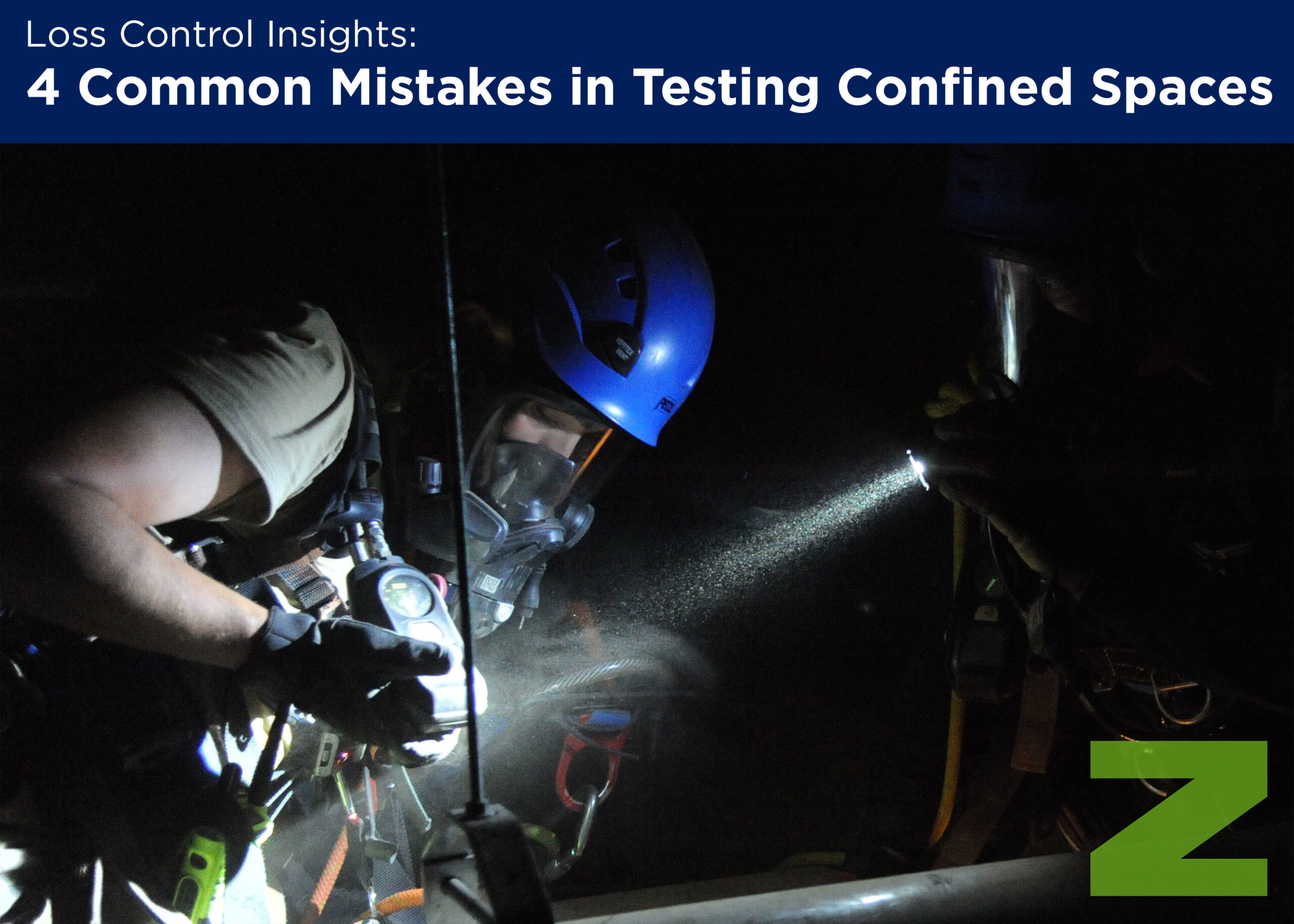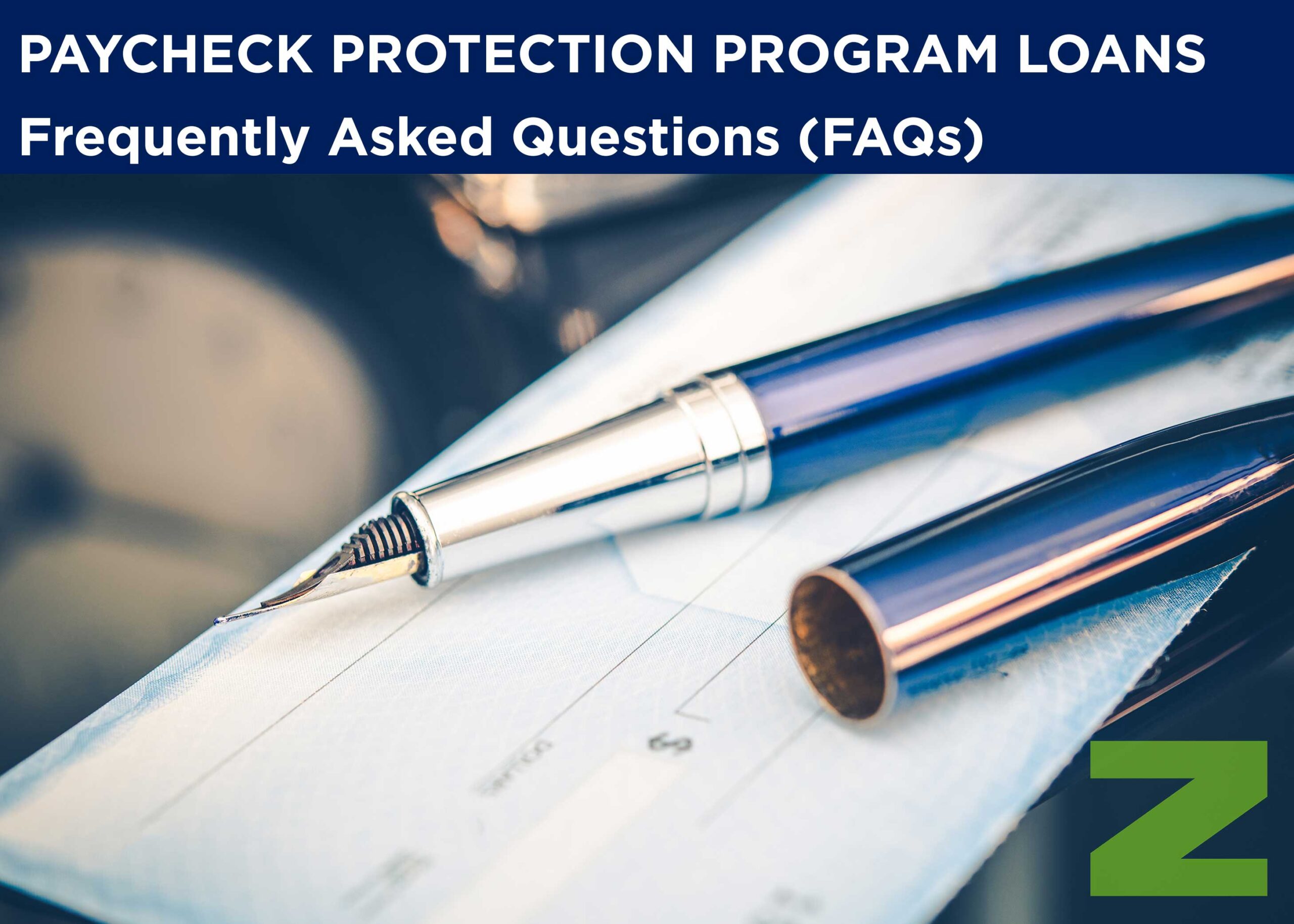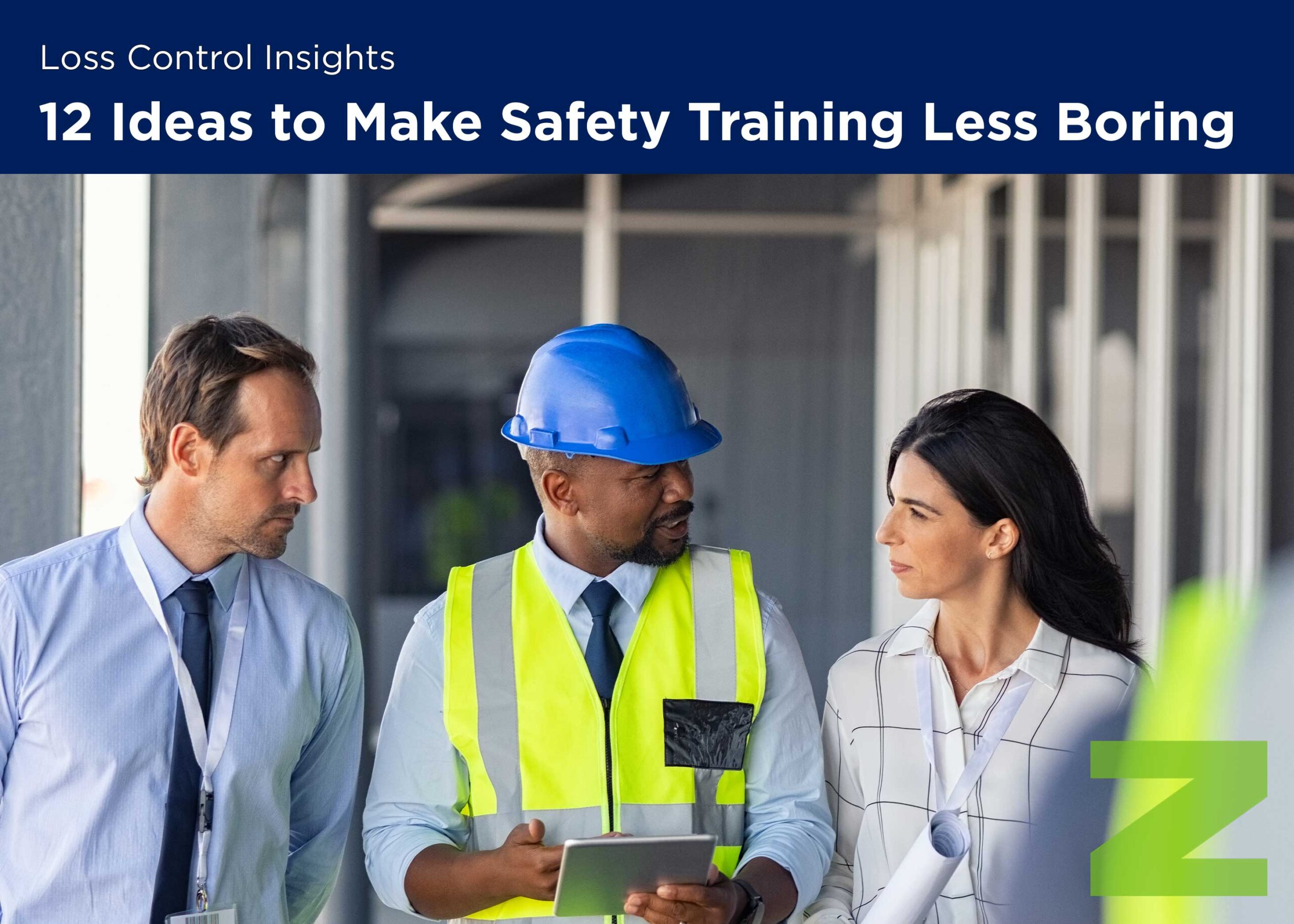“Don’t get too comfortable working in confined spaces, and never take safety for granted,” says EMC Senior Industrial Hygienist Craig Black. Following his advice may well save lives.
There are a number of ways for you to keep employees safe when entering and working in a confined space. Prevent these common mistakes as you also work to improve your employees’ knowledge base and the procedures they follow.
Common Mistakes
Craig sees these red flags as he works with organizations, and warns that ignoring any of them can lead to injuries or death.
- Being too casual about entry and not following OSHA procedures.
- Not having an attendant outside the space in constant communication with those inside. “This literally means that the lives of those inside are in the hands of the attendant outside,” he says.
- Not having a safe extraction process in place. Craig stresses practicing the process so it’s second nature to both employees inside and outside the confined space.
- Not recalibrating monitors. “You don’t want to find out too late that one of the sensors wasn’t working,” says Craig.
Education Pointers
Management and employees must be active participants in a robust safety program, ensuring that all employees understand the risks they take in entering a confined space and the responsibilities of managing those spaces safely. Craig suggests adding these points to your training discussions with employees:
- Make sure employees know what confined spaces are and the full range of such spaces in and around your workplace. Many likely already understand that storage tanks, combustion chambers and similar tight areas are dangerous. You must identify these areas as confined spaces with the appropriate signage; some may also be permit-required. Less obvious spaces (often not identified as confined) can be equally deadly, including poorly-ventilated rooms and covered manhole entries to sewer systems.
- Stay alert to the unique dangers of your company’s confined spaces based on the known chemicals and toxicities, the work done within the space and any additional gases or toxicities that may enter the area.
Procedures and Practices
While education and training help ensure that employees know what to do, it’s also important to use checklists, practice, a buddy system and communication to keep employees safe within the confined space. In other words, have a documented set of procedures that all employees follow. These areas may be potential trouble spots:
- Make sure pre-entry testing is done correctly. Potential pitfalls of testing include: not checking all layers in the space, having a meter that does not test for all potential gases present, and not understanding that if the oxygen level is too low, the meter may not work correctly. Additionally, if workers perform grinding or other hot work, the atmosphere changes and testing must be redone. Cleaning can also change the atmosphere by spewing rust and dust into the air. In this case, it’s important to draw air into the space to help clear the dust.
- Ask for help if you suspect your plan and procedures aren’t perfect, and even just to stay on top of the latest research. “When I’m working with companies and I see a confined space posting, I often ask the maintenance director about their procedures for entering. That gives an opportunity for feedback, answering questions and perhaps making the area a little safer,” says Craig. He also recommends using EMC’s confined space resources for access to a program template, an evaluation form and other tools to help enhance your confined space procedures.
- Even if your company relies on outside contractors to handle work in confined areas, it’s important for your employees to know how to handle any emergencies that come up when the contractor isn’t on site. It’s possible to get blindsided by a lack of knowledge and proper training on techniques about your employees’ role in these spaces, such as retrieving an item left inside.
#zorninsight





